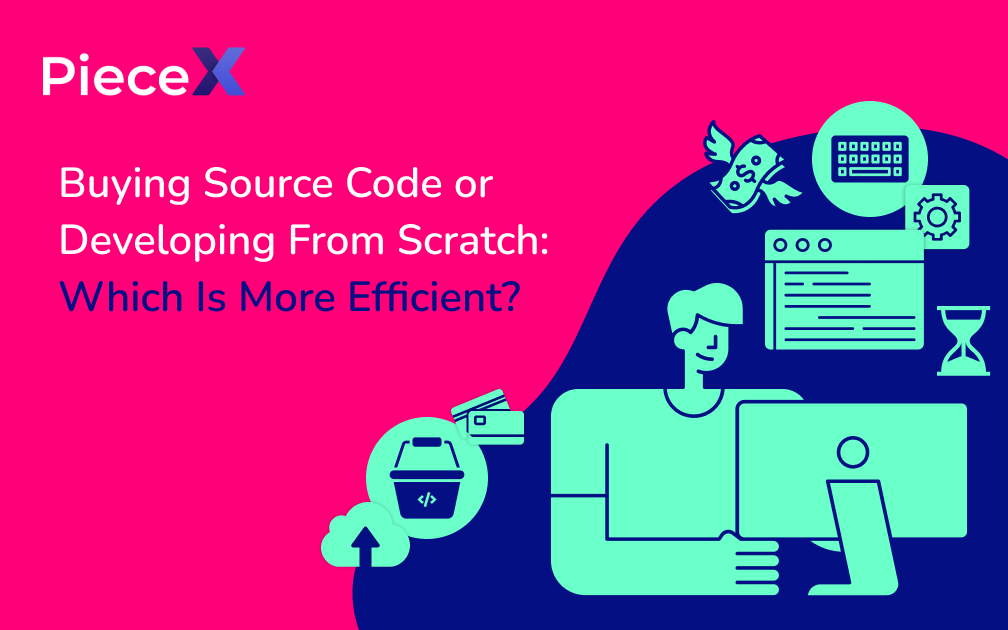
The Mid-Level Engineer’s Guide to Effective Source Code Review
If you’re a mid-level engineer, you know that source code review isn’t just a box to check; it’s an essential part of developing reliable, maintainable software. Getting it right can be the difference between a project that flows smoothly and one that stumbles over its own complexity. Here’s a fresh take on how to tackle source code reviews effectively, ensuring you contribute positively to your projects and help drive your team toward success.
Start with a Clear Purpose
Every code review should begin with understanding what you aim to achieve. Are you looking for bugs, optimizing performance, or ensuring the code aligns with design principles? Clarity on these objectives not only sharpens your focus but also makes your feedback more constructive and actionable.
Know the Code Standards
Before diving into the review, ensure you’re up to speed with your team’s coding standards. These might include naming conventions, coding practices, or architectural patterns. Familiarity with these guidelines helps you spot deviations and inconsistencies quickly, making your reviews more efficient.
Use the Right Tools
Leverage tools that streamline the review process. Platforms like GitHub, GitLab, or Bitbucket enhance collaboration by allowing you to comment directly on lines of code and integrate seamlessly with your team’s workflow. These tools make it easier to discuss changes, track decisions, and maintain a history of your review process.
Keep It Constructive
Remember, the goal of a code review is to improve the project, not to criticize your colleagues. Keep your feedback positive and constructive. Be specific with your comments—instead of saying something doesn’t work, explain why and suggest how it could be improved. This approach fosters a positive review culture and encourages learning and development within the team.
Review Regularly and Systematically
Make code reviews a regular part of your development cycle, not just something that happens at the end of a project. Integrating regular reviews helps catch issues early when they’re easier to fix. It also keeps everyone in the loop with the latest changes and decisions, reducing the likelihood of conflicts or duplicated efforts.
Stay Updated and Informed
Keeping up with the latest programming trends, tools, and best practices is crucial. Subscribe to developer blogs, attend webinars, and participate in forums. The more informed you are, the more valuable your feedback will be during code reviews.
Emphasize Security and Performance
While functionality is crucial, don’t overlook security and performance. Look for common security vulnerabilities like SQL injections or cross-site scripting (XSS) and consider the performance implications of the code. Highlighting these areas during your reviews can save headaches down the line and ensure that the application is robust and responsive.
PieceX as a Resource
While not directly related to code reviews, platforms like PieceX can be an excellent resource for mid-level engineers looking to understand high-quality coding standards. PieceX is a marketplace where developers can buy and sell source code. Browsing through different codebases can give you insights into various coding styles and practices, which can be incredibly beneficial when conducting reviews.
By exploring well-written code on PieceX, you can better understand what makes code clean and maintainable. This exposure can be invaluable when you return to reviewing your own projects or guiding less experienced developers in your team.
Conclusion
Effective source code review is a skill that mid-level engineers need to cultivate—not just for their own growth but for the success of their teams. By approaching reviews with a clear purpose, using the right tools, staying constructive, and regularly updating your skills, you can make a significant impact. Remember, a well-conducted code review not only improves the code quality but also boosts team morale and fosters a culture of continuous improvement. With platforms like PieceX, you have an additional resource to enhance your understanding and execution of these crucial tasks.
Don’t miss out on more articles such as this! Check out tbe PieceX knowledgebase blog.







